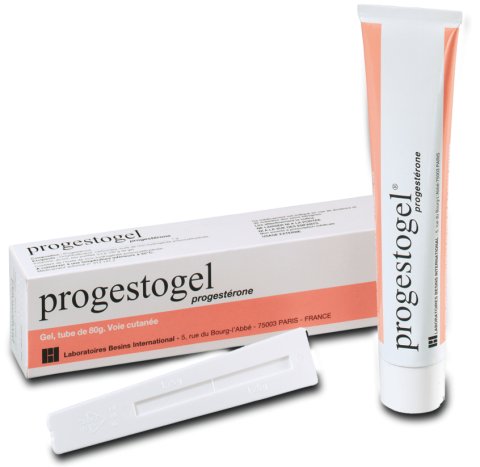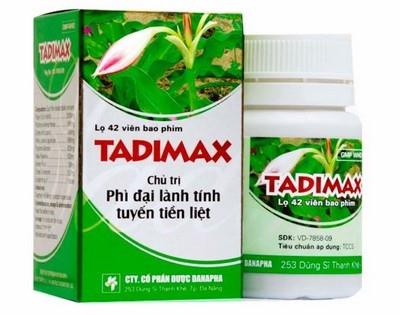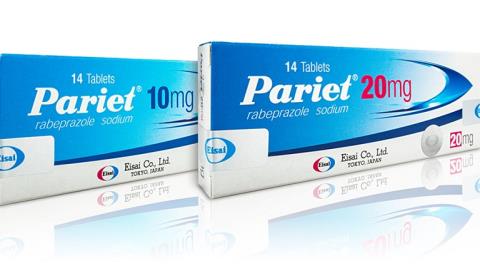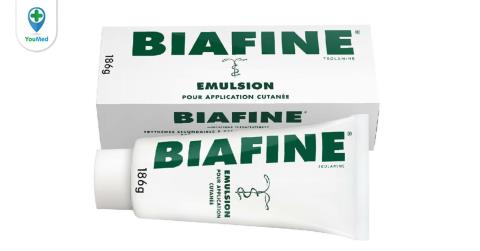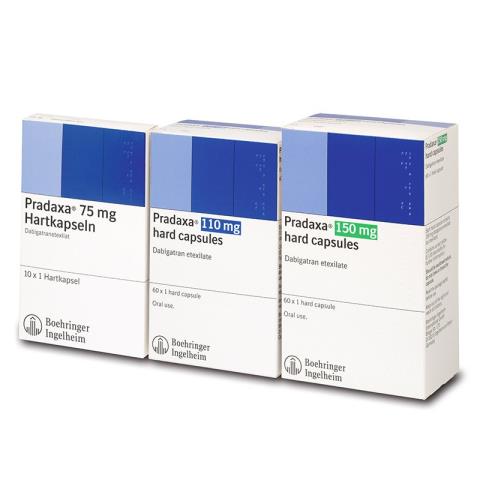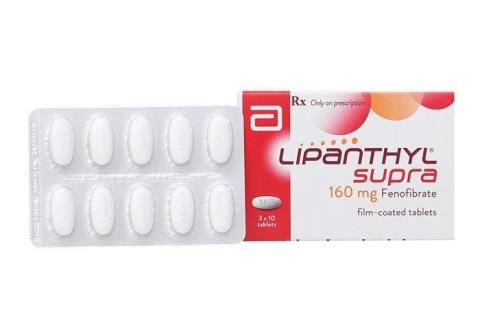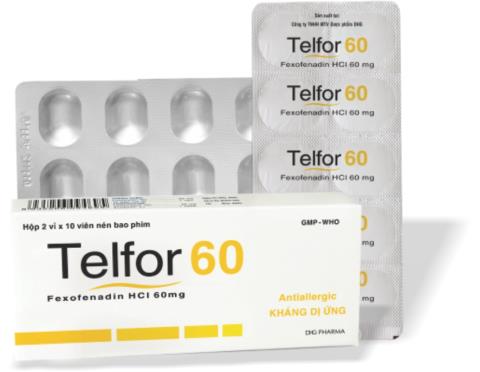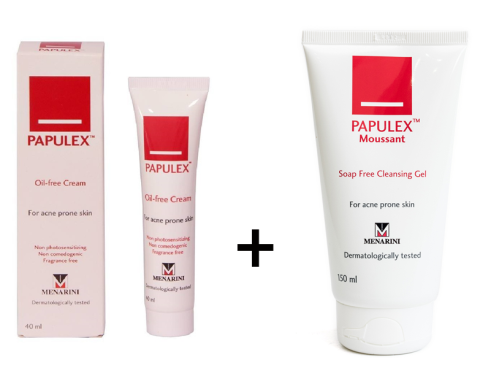Effervescent Paralmax Extra and notes when using

The article was consulted by pharmacist Nguyen Ngoc Cam Tien about Effer Paralmax Extra effervescent tablets for the treatment of mild to moderate pain symptoms.
Adrenaline (also known as epinephrine) is a drug widely used in resuscitation and emergency. So how is adrenaline used and what should be noted when using it? Let's learn the necessary information about drugs through the following SignsSymptomsList article.
Drugs containing similar ingredients: Adrenalin, Adretop,…
content
What is adrenaline (epinephrine)?
Drug information Adrenaline (epinephrine)
Adrenaline (epinephrine) comes in the following forms:
How much does Adrealin cost?

Learn about the drug Adrenaline (epinephrine)
What does adrenaline (epinephrine) do?
The appointment and use of adrenaline must be performed by experienced doctors and nurses. Accordingly, the effects of adrenaline are as follows:

Adrenaline (epinephrine) is used as directed by your doctor
Instructions for taking adrenaline (epinephrine)
How to use
The appointment and use of adrenaline (epinephrine) must be performed by an experienced doctor and nurse.
Adrenaline mixing and dosage must be calculated according to the severity and response of each patient.
Dosage
Here are some suggested doses of adrenaline (epinephrine). However, before using the drug, you need to listen to the treatment instructions of your doctor. Never self-medicate without medical advice.
Anaphylaxis
Adrenaline (epinephrine) is the drug of choice for the treatment of anaphylaxis with the following dosage:
Heart stop
Adrenaline is the drug of choice for the treatment of cardiac arrest at the following dosages:

Learn Dosage and Administration of Adrenalin (epinephrine)
Contraindications Adrenaline (epinephrine)
Adrenaline (epinephrine) should not be used in the following cases:
For people in need of emergency treatment for anaphylaxis, there is no absolute contraindication to the use of adrenaline.
Precautions while using adrenaline
Intravenous injection of undiluted adrenaline (epinephrine) is strictly prohibited .
Use with caution in humans:
Rapid intravenous injection may result in death due to cerebral hemorrhage or cardiac arrhythmia. However, in the event of cardiac arrest with loss of pulse, rapid intravenous administration is required.
Do not instill adrenaline solution into the eyes of patients with narrow-angle glaucoma or patients at risk of developing angle-closure glaucoma. Instilling too much adrenaline can cause a rebound congestion and increased rhinorrhea.
Avoid using topically in the extremities, ears, penis... because reduced perfusion of these areas can cause damage to congestive tissue. Accidental injection into toes, fingers, hands, feet can cause local reactions such as cyanosis, cold, loss of sensation, bruising, bleeding, erythema, bone damage. If the above symptoms occur, seek medical attention immediately.
What should be noted when using adrenaline (epinephrine) in treatment?
How to manage Adrenaline (epinephrine) side effects
Adrenaline side effects
Frequent:
Less common:
Rarely:
How to deal with Adrenalin side effects?
Drug interactions when taking adrenaline

Treatment of an overdose of adrenaline (epinephrine)
Because adrenaline is deactivated very quickly in the body, the harmful effects of adrenaline are short-lived. The treatment of toxic reactions in patients who are sensitive to the drug or due to overdose is mainly supportive. Immediately go to the nearest medical facility for timely treatment.
For pregnant and lactating women
Pregnant women
Adrenalin crosses the placenta and enters the fetal blood in very small amounts, which may not cause malformations in the fetus. Taking adrenaline during the last months of pregnancy or during delivery can cause hypoxia to the fetus. Adrenaline should be used during pregnancy only when the potential benefits outweigh the possible risks to the fetus.
Breastfeeding Women
It is not known whether the drug passes into breast milk or not, so it should be used with caution.
How to store adrenaline?
Adrenalin (epinephrine) is a drug widely used in cardiopulmonary resuscitation, anaphylaxis emergency... Above are the reference information from SignsSymptomsList about Adrenalin. If you have any problems, contact your dermatologist or pharmacist for specific advice.
The article was consulted by pharmacist Nguyen Ngoc Cam Tien about Effer Paralmax Extra effervescent tablets for the treatment of mild to moderate pain symptoms.
Progestogel (progesterone) 1% is a topical treatment for benign breast pain. Progestogel is also used to treat breast pain caused by fibroids, pain caused by dilated milk ducts, ..
Article by Pharmacist Nguyen Hoang Bao Duy about Tadimax - Crinum latifolium alkaloids, mixed dried herbs, cinnamon and excipients.
What is Pariet (rabeprazole)? How to use the drug to achieve the effect? Please join SignsSymptomsList for an in-depth analysis of the drug Pariet (rabeprazole)!
Biafine is used in the treatment of burns of the 1st and 2nd degree, non-infectious skin wounds. Biafine burn cream also treats redness secondary to radiation therapy.
What is Pradaxa (dabigatran)? How does it work? Let's find out through the article of pharmacist Nguyen Ngoc Cam Tien
Olanzapine is used to treat various forms of schizophrenia, bipolar disorder, or mania. Article by pharmacist Tran Van Thy.
Do you know what disease Lipanthyl is used to treat? How to use the drug, what special attention should be paid to the drug to be effective.
Telfor is indicated for the symptomatic treatment of chronic urticaria of unknown etiology in adults and children...
The article was consulted by pharmacist Nguyen Hoang Bao Duy about Papulex acne products, uses and things to note.
